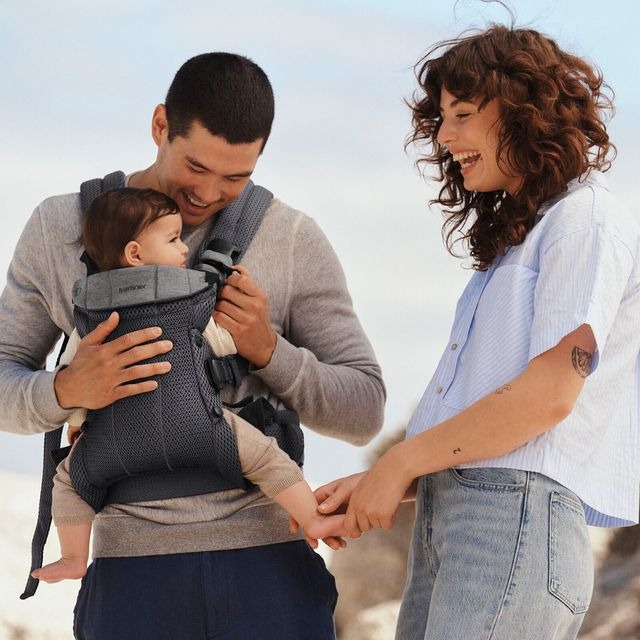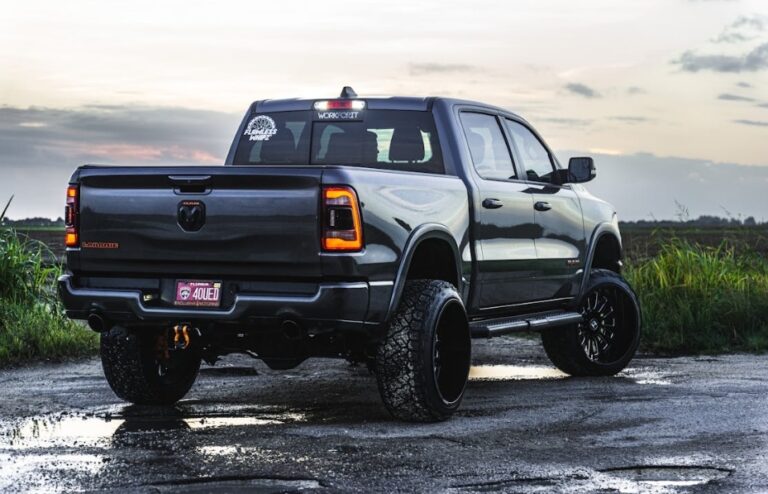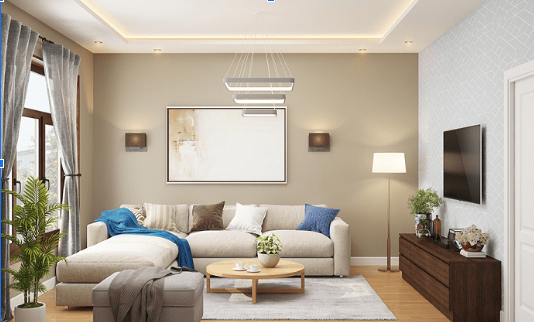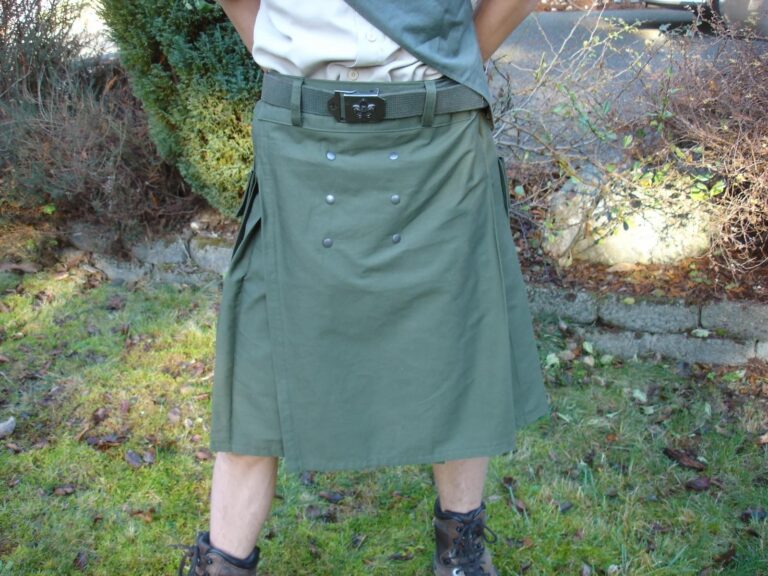Why Ergonomics Matters in Baby Carriers?
Imagine a scenario where a mother is finally relieved after the new baby carrier, as she can now stir the pot, write an email, and calm the baby all at once. This multi-tasking ability made motherhood finally feel manageable.
However, just a week later, the mother found herself wincing in pain every time when bent down. Also, her shoulder was stiff, lower back ached, and she finally began wondering if the carrier was designed to be this uncomfortable?
As a matter of fact! Not all baby carriers are built to support both the baby and the parent.
In addition, baby wearing has become a parenting lifeline in modern households, allowing caregivers to multi-task. Yet, its ergonomic design determines future long-term experience.
This post is all about the importance of ergonomic design in baby carriers.
Why Ergonomics Matters in Baby Carriers?A. Understanding Ergonomics in Baby Carriers
The term ergonomic means designed to be comfortable, safe, and easy to use, especially for your body. For example, an ergonomic chair is designed to support your back and prevent soreness after a long sitting.
Similarly, an ergonomic baby carrier helps in holding the baby in a natural and healthy position, while keeping both the mother and the baby comfortable.
Key Features
- Hip-healthy “M” positioning
- Even weight distribution
- Padded shoulder straps
- Supportive waist belt
- Adjustable fit for all body types
- Head and neck support for baby
- Natural spine alignment
- Breathable, soft materials
- Multiple carrying positions
- Easy-on, easy –off design
- Certified safe and comfortable
- Reduces strain on back and shoulders
Why Certifications Matter: Trusting The Experts
One of the most important things to note is that not all the baby carriers labelled “ergonomic” are authentic, and certification alone is the key to recognition of genuineness.
Some of the certifications include:
IHDI Approval (International Hip Dysplasia Institute) ensures that the baby’s hips are in a position that supports healthy development and prevents hip dysplasia, especially for infants under six months.
Safety Certifications (like ASTM, EN13209, or BIS in India) also ensure that the baby carriers have successfully passed the safety and durability test, including stitching strength, buckle reliability, and non-toxic materials.
B. Health Benefits For The Baby
When babies are carried ergonomically, they are nourished mentally, emotionally, as well as physically, from the very beginning.
I. Proper Hip Positioning
The babies are born with soft cartilage that gradually builds bones. Hence, their joints during the first six months are extremely fragile.
Therefore, an ergonomic baby carrier holds the baby in an “M” position, that is knees higher than the bum, and thighs supported, resembling the fetal position.
This posture thus helps in preventing hip dysplasia, a condition where the hip sockets do not form properly.
II. Spine Alignment
All the newborns have a “C” shaped spine, that straightens gradually as their muscles strengthen. Over time, they gradually learn to sit or hold their heads.
An ergonomic baby carrier properly holds this curvature without bending the spine in an unnatural upright or straight angle, promoting healthy spine development.
Note: Certain carriers with carefully engineered adjustable back panels develop along with the baby, providing changing support through the developmental stages.
III. Safe and Secure Posture
Babies are not capable of holding their heads up during the first few months. Hence, an incorrect carrier position may result in chin-to-chest slouching, thereby inhibiting the flow of air.
Alternatively, ergonomic carriers will ensure that the baby is kept in an upright, close, and snug position with appropriate head and neck support to ensure healthy airflow.
Also, the secure position of the baby reduces excessive movement or floppiness which tends to frighten the baby or stress their underdeveloped muscles.
IV. Emotional Security
Skin-to-skin contact promotes necessary physical contact, thus mimicking the womb environment.
This closeness further helps regulate the baby’s heart rate, body temperature, and stress levels, which promotes emotional stability and also reduces the episodes of colic and distress in babies.
Note: The upright chest-to-chest position also helps the baby tune into the caregiver’s facial expressions, heartbeat, and voice, strengthening the bonding and attachment between the parent and the baby.
Also, remember to place their head and neck straight, to periodically kiss the baby on the forehead that has a positive effect on their mental development.
C. Physical And Practical Benefits For Parents
While baby wearing is an efficient bonding experience, it can quickly become a painful one with a non-ergonomic design. Hence, some of the functionality benefits for the caregivers include:
I. Reduces Strain And Discomfort
Ergonomic designed carriers have wide, padded shoulder straps and structured waistbands to evenly distribute the baby’s weight across the shoulders, back, and hips.
This also prevents the onset of frequent pressure in one area alone, reducing the strain during longer wear sessions.
Note: Some baby carriers also have lumbar back support panels to provide additional reinforcement to the lower back. This is a boon for postpartum recovery.
II. Supports Good Posture
The non-ergonomic carriers often make the posture of the caregiver either slugged forward or towards one side, leading to poor posture and eventual backaches.
The ergonomic designs align the spine and center of gravity, helping you maintain an upright, natural posture while baby wearing.
Note: A good posture helps in healing the postpartum mothers, especially after C-section, to prevent the added stress on healing muscles and tissues.
III. Enhances Mobility
It enhances the multi-tasking ability, while keeping the baby close and keeping the hands free for chores, grocery shopping, or even working from home.
Ergonomic baby carriers are a boon for active parents on the go or those navigating tight spaces like public transport or busy cafes.
Bonus: It is easier to soothe a crying baby on the move because of the physical closeness.
IV. Long-Term Usability And Flexibility
Many ergonomic baby carriers are specially designed to grow with your baby, providing support to their essential development, from newborn stage to toddlerhood.
Also, adjustable straps, seat widths, and carrying positions accommodate changing needs and preferences over time. Baby carriers are designed for a variety of body types for all caregivers.
D. Consequences For Poor Ergonomics
Babywearing offers closeness and convenience, but a poor design can cause more harm than good. Some of the possible effects include:
I. Increased Risk Of Hip And Spine Issues In Babies
In a non-ergonomic baby carrier, babies often dangle with their legs hanging straight down, placing undue stress on the hip joints.
Also, the crotch-dangler position forces the baby’s weight to rest on the pelvis and spine, thus, increasing the risk of hip dysplasia and misalignment of the developing spine.
In addition, lack of ergonomic structure may also lead to the babies being jostled around during movement, which is uncomfortable and potentially unsafe for the developing babies.
II. Discomfort And Posture Related Discomfort For The Parents
Baby carriers that lack proper padding or weight distribution put unbalanced pressure on the shoulders and upper back, causing stiffness, soreness, and muscle fatigue.
Poor support can also lead parents to lean forward or side wards unnaturally, setting the stage for chronic neck strain, and even tension headaches.
III. Reduced Usability And Early Abandonment
Without the proper ergonomic design, the carriers can be bulky, confusing to wear, or simply uncomfortable for regular use. It also lacks adjustability and might wear out quickly or lose shape, making it unreliable and unsafe for the baby.
Conclusion
‘Baby carriers are an amazing add-on in the childcare segment that helps in promoting the overall growth and well-being of both the baby and the caregivers.
These are amazing inventions to support multi-tasking and provide caregivers and babies with a stress-free experience. Therefore, it is important to seek a good ergonomic designed baby carrier, in order to safeguard their wellness and health.
In addition, if you are seeking a baby carrier for your tiny tot, then do peek at R for Rabbit’s Baby Carriers collection for both yours and your baby’s overall well-being.
Lastly, always remember, a good carrier doesn’t just carry your baby, but with it your peace of mind as well. So, choose what is right for both you and the baby.








